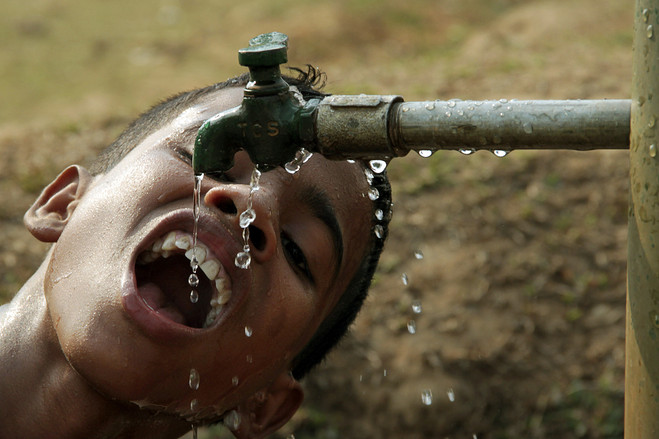According to the Central Groundwater Board, the concentration of iron contamination was found to be the largest in Northeast. Iron contamination in the Northeast has even crossed the permissible limit of 0.3 milligramme/litre.
Water samples were collected through its permanent network of 678 groundwater monitoring stations in the Northeast, which covers Arunachal Pradesh, Assam, Manipur, Meghalaya, Nagaland and Tripura. According to the Groundwater Year Book 2015-16, Assam recorded the maximum concentration of iron (14.92 mg/L), among Arunachal Pradesh, Meghalaya and Tripura.
While the concentration of contamination across Assam ranged from somewhere between 1 to 3 mg/L, the Brahmaputra valley recorded over 3 mg/L, mostly. Such intensity of iron contamination may lead to a severe health disorder.
Notably, it was also found that the water in Assam had pH value as high as 9.5. Water with pH value beyond 7 is known as alkaline water. Continuous consumption of alkaline water may lead to digestion malfunctions, cardiovascular problems and put an extra burden on kidneys. In fact, the arsenic level in Assam water was also higher than the permissible limit of 0.05 mg/L. The highest concentration of arsenic was found at Tipamia in Jorhat district (0.1467 mg/L).
Consumption of iron-contaminated water might lead to an illness known as iron overload which on negligence may lead to hemochromatosis. Excess iron can poison organs, which can lead to conditions such as cancer, irregular heartbeat and cirrhosis of the liver.
The Central Groundwater Board monitors the chemical quality of groundwater every year before the monsoon. They examine the range of chemicals present in the water and the values are compared with the standard values given by Bureau of Indian Standards.
“In general, the chemical quality of the groundwater is good for both domestic and irrigation purposes except the sporadic occurrence of the high concentration of iron in considerable parts of the region. In those areas, iron treatment plants are to be installed and the water should be used only after proper treatment.” said the board.
“There is ample scope for development of this replenishable natural resource. This region being hilly, only 30 per cent of the existing valley area can be developed,” the board said.
“In the hilly area, there is a very little scope for groundwater development. However, the hilly terrain of the region is bestowed with many perennial springs, which can be developed for both the small-scale irrigation and domestic use,” it added.


















